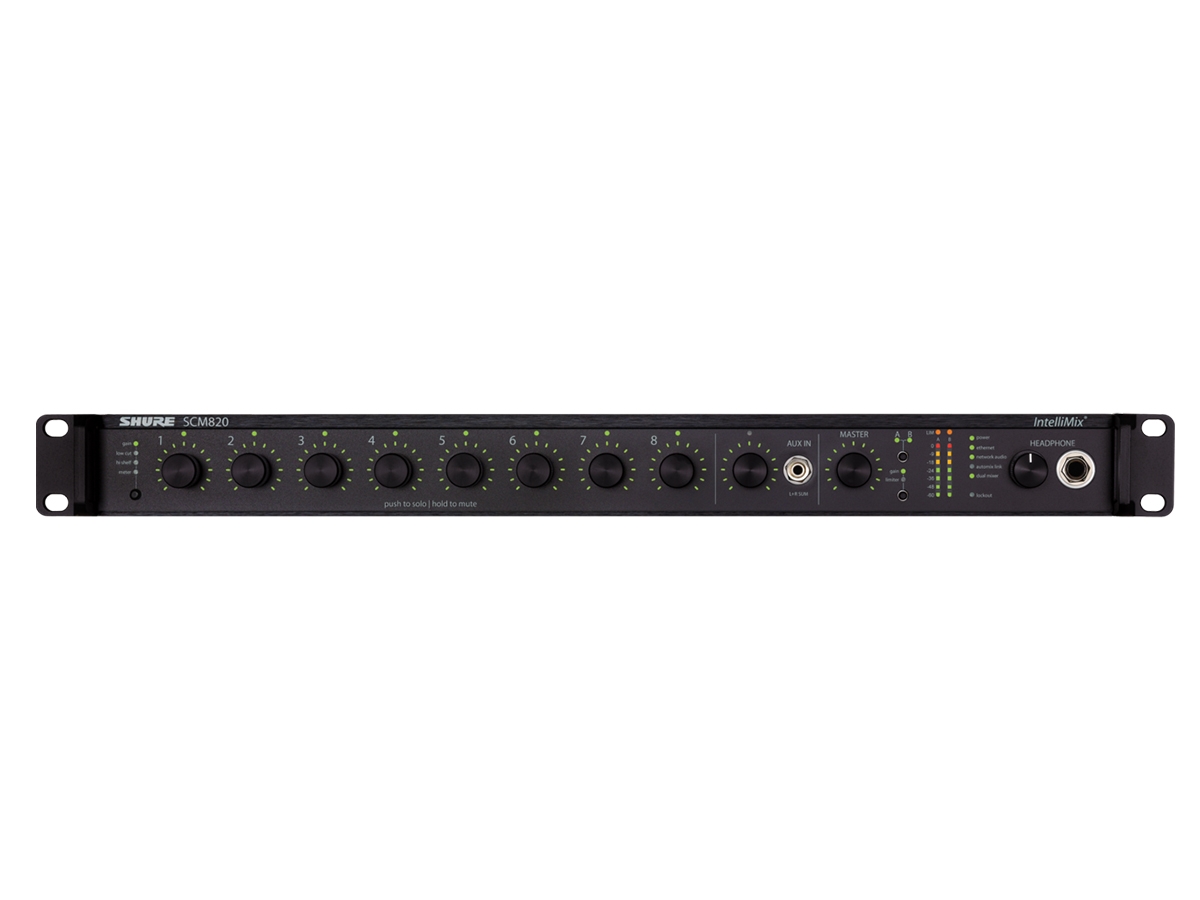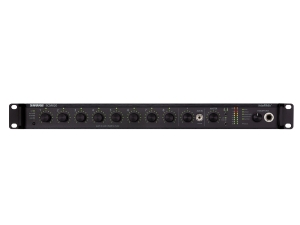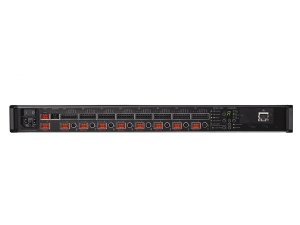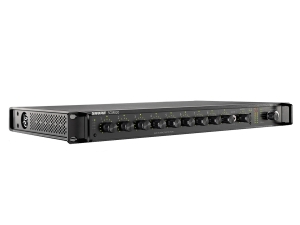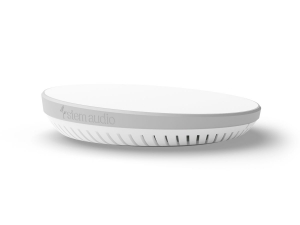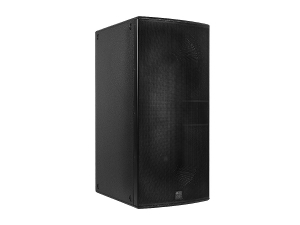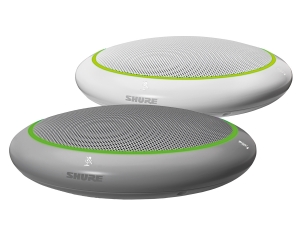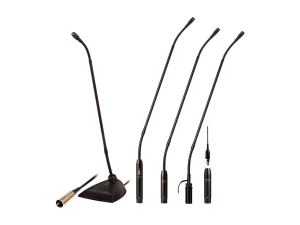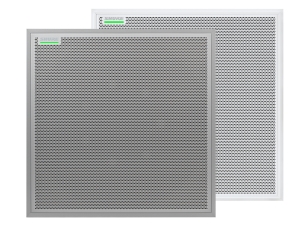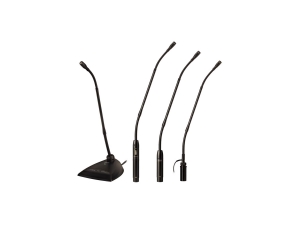SHURE SCM820
- Mang đến khả năng mixer tự động liên tục và giảm tiếng ồn xung quanh thông qua việc điều chỉnh và suy hao kênh động
- NAT (Noise Adaptive Threshold - Ngưỡng thích ứng với tiếng ồn) liên tục điều chỉnh ngưỡng kích hoạt để mở kênh
- Điều khiển suy hao cho các micro được mở (Number of Open Microphones Attenuation - NOMA) xác định mức suy hao cho đầu ra hỗn hợp khi số lượng micro hoạt động thay đổi
- Last Mic Lock-On (LMLO) giữ cho micro được kích hoạt gần đây nhất luôn mở cho đến khi một micro khác được kích hoạt
- MaxBus đảm bảo rằng chỉ một kênh được mở trên mỗi nguồn âm thanh, giảm khả năng lọc lược để có giọng nói rõ ràng và dễ hiểu
- Chế độ IntelliMix cung cấp năm thiết lập mixer khác nhau của các kiểu mixer tự động đáng tin cậy (Classic, Smooth, Extreme, Tùy chỉnh hoặc Thủ công) để nhanh chóng mix cho một chương trình cụ thể
Hỗ trợ I / O nâng cao để ứng dụng linh hoạt hơn và kết nối kỹ thuật số
- Hỗ trợ DB25 hoặc các logic-enabled block connector, mỗi mẫu có 8 đầu vào
- Đầu ra trực tiếp trên mỗi kênh cho phép SCM820 được sử dụng như một insert processor
- Hoạt động của mixer đôi cho phép định tuyến các automix độc lập đến đầu ra hỗn hợp A và B, cho phép tạo ra hai kết quả mix hoàn toàn khác nhau từ cùng một bộ đầu vào
- Đầu ra tai nghe âm thanh nổi ¼ " (6,35 mm) để giám sát kênh solo và kết hợp
Kiểm soát toàn diện
- Các nút điều khiển kênh cho phép điều chỉnh nhanh các cài đặt Gain, limiter và EQ, và các chức năng solo / tắt tiếng trên các kênh đầu vào
- Điều khiển kết hợp đầu ra và đồng hồ đo cho phép điều khiển bộ giới hạn và khuếch đại chính của bảng điều khiển phía trước cũng như giám sát tín hiệu
- Vòng đồng hồ LED hiển thị âm thanh đầu vào hoặc mức tăng IntelliMix cho mỗi kênh
- Phần mềm điều khiển tương thích với Windows® 10 cung cấp khả năng kiểm soát, giám sát, định tuyến và cấu hình tất cả các tín hiệu và cài đặt, đồng thời bổ sung EQ 8 băng tần tham số
- Hoạt động với Phần mềm quản lý nội dung âm thanh SystemOn
Kết nối mạng nâng cao
- Có sẵn cấu hình âm thanh nối mạng kỹ thuật số Ethernet hoặc Dante ™ tiêu chuẩn
- Liên kết các mixer SCM820 được trang bị Dante để tạo thành hệ thống mixer lớn, lên đến 12 mixer (96 kênh âm thanh)
- Tương thích các hệ thống điều khiển (AMX, Crestron)
Giảm phản hồi kỹ thuật số
- Hai kênh Shure DFR (Giảm phản hồi kỹ thuật số) đã được cấp bằng sáng chế
- Có thể gán cho các kênh đầu vào và kết hợp đầu ra
- Tự động phát hiện phản hồi và triển khai bộ lọc
- 16 bộ lọc cho mỗi kênh
- Băng thông 25 Hz đến 20 KHz
- Giảm Gain lên đến 18 dB cho mỗi bộ lọc
- Chiều rộng bộ lọc Q cao (1/70 quãng tám)
- Tính năng Freeze" khóa độ sâu và tần suất của các bộ lọc hiện có để tránh các thay đổi tự động không mong muốn
- Dynamic Range: Analog-to-Analog: 110 dB; Analog-to-Dante, Dante-to-Analog: 113 dB
- Output Noise (mix output / direct output): Output Pad: Line (+0): -90 dBV; Aux (-20): -110 dBV; Mic (-46): -135 dBV
- Equivalent Input Noise: Input Gain Setting: Line (+0): -93 dBV; Mic (+26): -118 dBV; Mic (+46): -130 dBV
- THD+N: <0.05%
- Common Mode Rejection Ratio: >70 dB
- Polarity: Non-inverting, any input to any output
- Dimensions: 44 mm x 483 mm x 289 mm (1.7 in. x 19.0 in. x 11.4 in.), H x W x D
- Weight: 5.5 kg (12.0 lbs)
- Housing: Steel; Extruded aluminum
- Power Requirements: 100 to 240 V AC, 50-60 Hz, 1 A
- Operating Temperature Range: −18°C (0°F) to 63°C (145°F)
- Storage Temperature Range: −29°C (-20°F) to 74°C (165°F)
Analog Connections
- Channel Input:
| Configuration | Impedance | Clipping Level | ||
|---|---|---|---|---|
| Line (+0dB) | Mic (+26dB) | Mic (+46dB) | ||
| Active Balanced | 5 kΩ | +20 dBV | −6 dBV | −26 dBV |
- Phantom Power: 48 V DC, selectable per channel, 14 mA max
- Aux Input
|
Configuration |
Impedance |
Clipping Level |
|---|---|---|
|
stereo, unbalanced |
10 kΩ |
+10 dBV |
- Mix Output
|
Configuration |
Impedance |
Max Output Level |
||
|---|---|---|---|---|
|
Line (-0dB) |
Aux (-20dB) |
Mic (-46dB) |
||
|
Active Balanced |
350 Ω |
+20 dBV |
0 dBV |
−26 dBV |
- Direct Output
|
Configuration |
Impedance |
Max Output Level |
|---|---|---|
|
Impedance Balanced |
150 Ω |
+20 dBV |
- Headphone Output: 6.35 mm (1/4”) TRS, 100 mW, 350 Ω, dual mono (will drive stereo phones)
Digital Signal Processing
- AD/DA Converter (24-bit, 48 kHz, 113 dB dynamic range): typical
- Internal Processing: 32-bit
- Latency
From channel input to mix output, Estimated Nominal, ±0.1 ms
|
|
Single Device ( ms) |
In a Link Group ( ms) |
|---|---|---|
|
Analog to Analog |
0.51 |
0.76 + 4TN |
|
Analog to Dante |
0.29 |
0.54 + 4TN |
|
Dante to Analog |
0.28 + TN |
0.53 + 5TN |
|
Dante to Dante |
0.06 + TN |
0.31 + 5TN |
TN = Network latency in milliseconds, as set in the device preferences page or Dante Controller.
Note: Dante network latency is typically associated with the receiving device.
|
Gain Adjustment Range |
−110 dB to +18 dB |
|
Low Cut |
Corner: 25 Hz to 320 HzSlope: 12dB/octave |
|
High Shelf |
Corner: 5 kHzSlope: 12dB/octaveGain: −18 dB to +18 dB |
|
Gain Adjustment Range |
−110 dB to +18 dB |
|
Low Shelf |
Corner: 25 Hz to 20 kHzSlope: 12dB/octaveGain: −18 dB to +18 dB |
|
High Shelf |
Corner: 25 Hz to 20 kHzSlope: 12dB/octaveGain: −18 dB to +18 dB |
|
6-Band PEQ |
25 Hz to 20 kHz, ±18 dBBandwidth: 1/70 to 4octaves |
|
Limiter |
Ratio: 10:1Threshold: −50dBFS to −2dBFSAttack: 0.1 msDecay: 100 ms |
- Digital Feedback Reducer (DFR) Processing
|
Number of DFR Blocks |
2 |
|
Number of Notch Filters |
1 to 16 (default) |
|
Notch Filter Bandwidth |
High Q: 1/70th octave (Q=101)Low Q: 1/40th octave (Q=58) |
|
Notch Filter Depth |
0 db to −18 dB in 0.5 dB increments |
Networking
- Network Interface
|
SCM820 |
Single Port, 10/100 Mbps Ethernet |
|
SCM820-DAN |
Dual Port, Gigabit Ethernet, Dante digital audio |
- Cable Requirements: Cat 5e or higher, shielded, 100 m maximum
- Network Addressing Capability: DHCP, link-local, static

